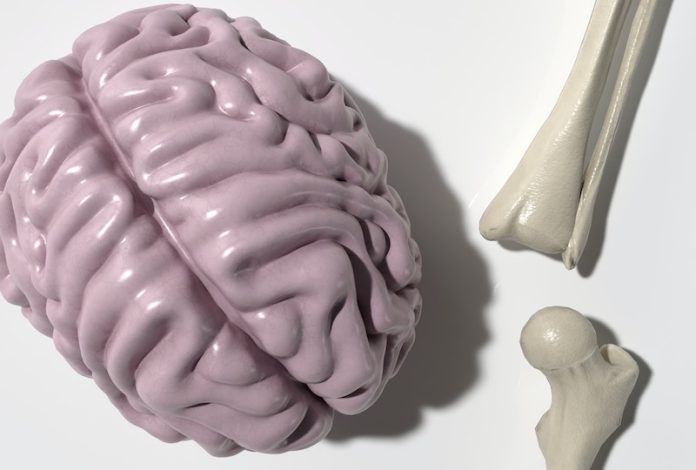
Researchers from Boston University have made significant strides in the field of brain imaging with the introduction of Bessel beam two-photon microscopy, as published in the journal Neurophotonics.
The novel technique could revolutionize the way scientists understand and diagnose brain diseases associated with disruptions in blood flow.
The Challenges of Traditional Imaging
Traditional methods like Optical Coherence Tomography (OCT) have been limiting due to their poor temporal resolution and intensive manual labor needed for data analysis.
These methods were effective only for detecting long stalling events in brain capillaries, missing shorter ones which could be equally significant in neurological disorders.
Bessel Beam Two-Photon Microscopy: A Leap Forward
Two-photon microscopy employs laser light to excite fluorescent molecules, reducing background noise. The Bessel beam enhances this by remaining focused over longer distances.
Using this setup, researchers could generate high-resolution images of all capillaries within a specific brain volume every two seconds. This vastly improves upon the temporal resolution limitations of existing imaging methods.
Identifying Stalling Events
Stalling events in blood flow are critical to understanding diseases like Alzheimer’s and Parkinson’s.
The new technique enabled researchers to identify stalling by monitoring the movement of red blood cells. If these cells remained stationary between two or more consecutive frames, it indicated stalling.
Semi-Automated Data Analysis
The research team also developed a semi-automated data analysis method. They used an algorithm to calculate the between-frame intensity correlation for individual capillaries, effectively reducing manual work and increasing reliability.
Real-world Testing
The team tested their approach through in vivo experiments on mice to explore stalling changes before and after a stroke.
Their method halved the analysis time and was more reliable than older techniques. It could also detect short-term stalling events, which are typically difficult to capture.
Implications and Future Directions
The study not only advances imaging techniques but also opens new doors for the investigation, diagnosis, and treatment of neurological disorders.
“This study demonstrates the power of Bessel beam two-photon microscopy to explore the intricate workings of the brain’s circulatory system and its implications for neurological health,” remarks Ji Yi, Neurophotonics Associate Editor and a professor at Johns Hopkins University.
As scientists continue to develop fully automated methods for detecting stalling, this work sets the stage for future breakthroughs in the understanding and treatment of brain diseases.
Conclusion
The Boston University study marks a significant milestone in neuroimaging.
It provides the scientific community with a more efficient and reliable tool for investigating the complex relationship between blood flow and brain health, thereby potentially revolutionizing our approach to neurological disorders.
If you care about brain health, please read studies about supplements that may benefit memory functions in older people, and cranberries could help improve memory function.
For more information about brain health, please see recent studies about how to clear toxic brain waste linked to Alzheimer’s disease, and results showing scientists find new clues to healthy brain aging.
The research findings can be found in Neurophotonics.
Follow us on Twitter for more articles about this topic.
Copyright © 2023 Knowridge Science Report. All rights reserved.



